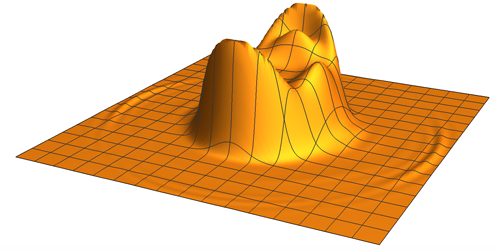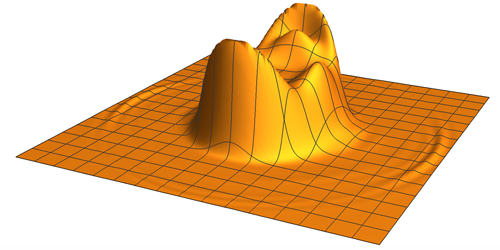Making Monopoles with Waves
Magnetic monopoles are hypothesized particles that have a magnetic, rather than electric, charge. Despite a long history of nondetections, monopoles continue to be a topic of study because of their possible role in the unification of the fundamental forces. In new theoretical work, Tanmay Vachaspati from Arizona State University, Tempe, considered whether monopoles could be generated through the scattering of waves. The results suggest one might detect monopoles in collisions between high-intensity, circularly polarized light waves.
Monopoles were originally proposed in 1931 by the physicist Paul Dirac, who found they could explain why electric charge is discrete rather than continuous. Later on, theorists discovered that monopoles appeared naturally in so-called grand unified theories (GUTs), which connect electromagnetic and nuclear forces. Many experiments have looked for evidence of magnetic monopoles in high-energy collisions at particle accelerators, but nothing yet has shown up.
Instead of colliding two particles, as in an accelerator, Vachaspati asked what would happen if two waves collided? The waves in this case consist of many force-carrying particles, such as photons and bosons, that move coherently together. To describe these waves, Vachaspati used a GUT-like model that describes force-carrying particles in terms of fields. In his numerical simulations, two circularly polarized waves in these fields collide head-on. In the wake of these collisions, Vachaspati observed monopoles as cratered peaks in the energy density, and around the peaks the magnetic field was that of an isolated north or south pole. Vachaspati speculates that one might see signals of monopoles in the collisions of high-intensity laser beams, where photon-photon interactions are predicted to occur.
This research is published in Physical Review Letters.
–Michael Schirber
Michael Schirber is a Corresponding Editor for Physics in Lyon, France.





